Hello there, budding plant parent! Are you just starting out with introducing plants to your home and have no idea where to begin with their care? Or do your plants keep dying and you want to understand how to care for them better? Well, you’re in the right place because today, we’re going to dive into the wonderful world of indoor plant care and cover the very basics. Whether you’ve got a green thumb or just a smidgen of gardening curiosity, this guide is here to help you nurture your leafy companions.
Choosing the Right Plant
Before we get our hands dirty, let’s start with the basics. Choosing the right indoor plant is key to making sure you’re able to keep it thriving in your home. Each plant has its own personality, and some are easier to get along with than others, especially for beginners.
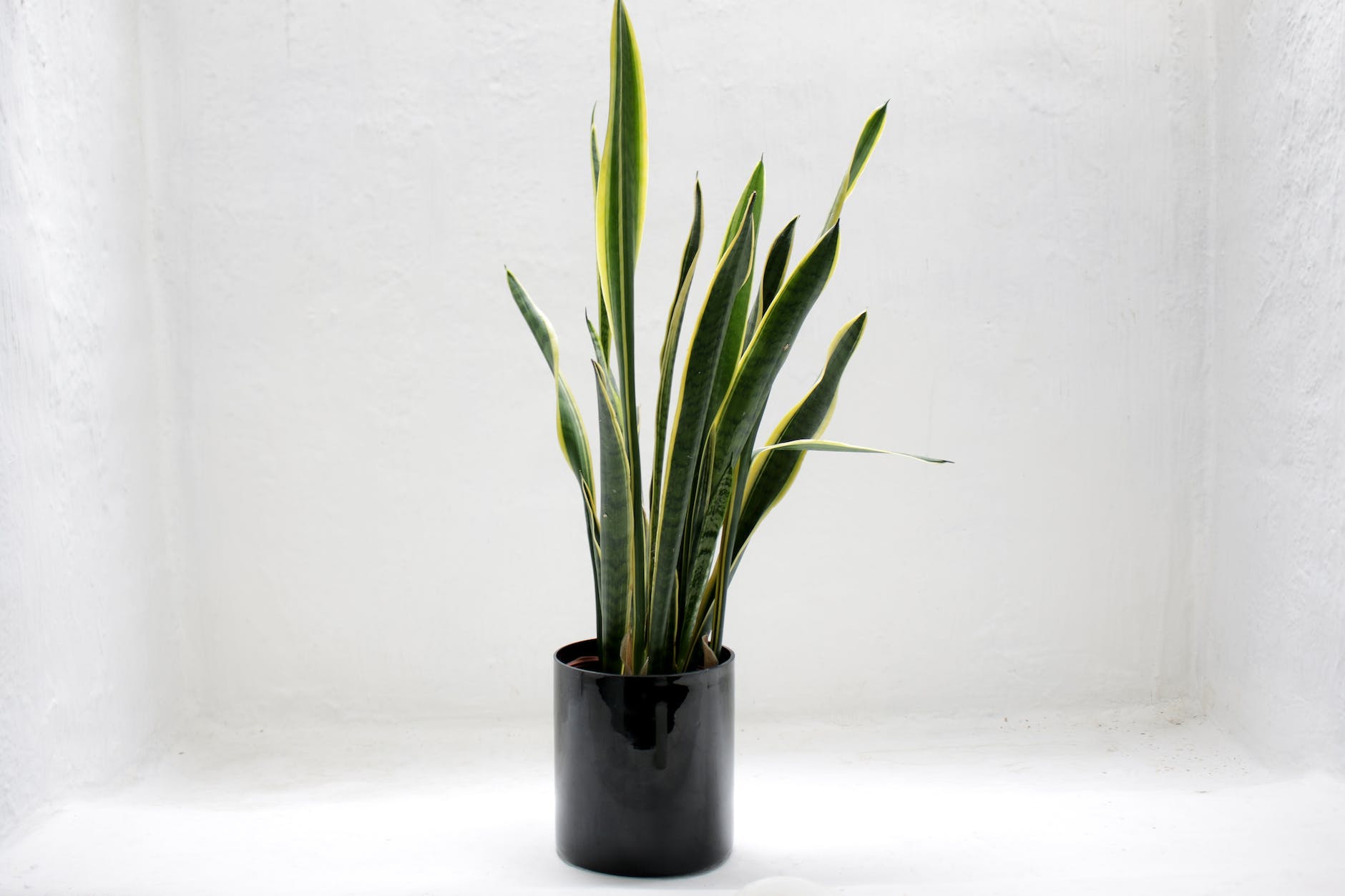
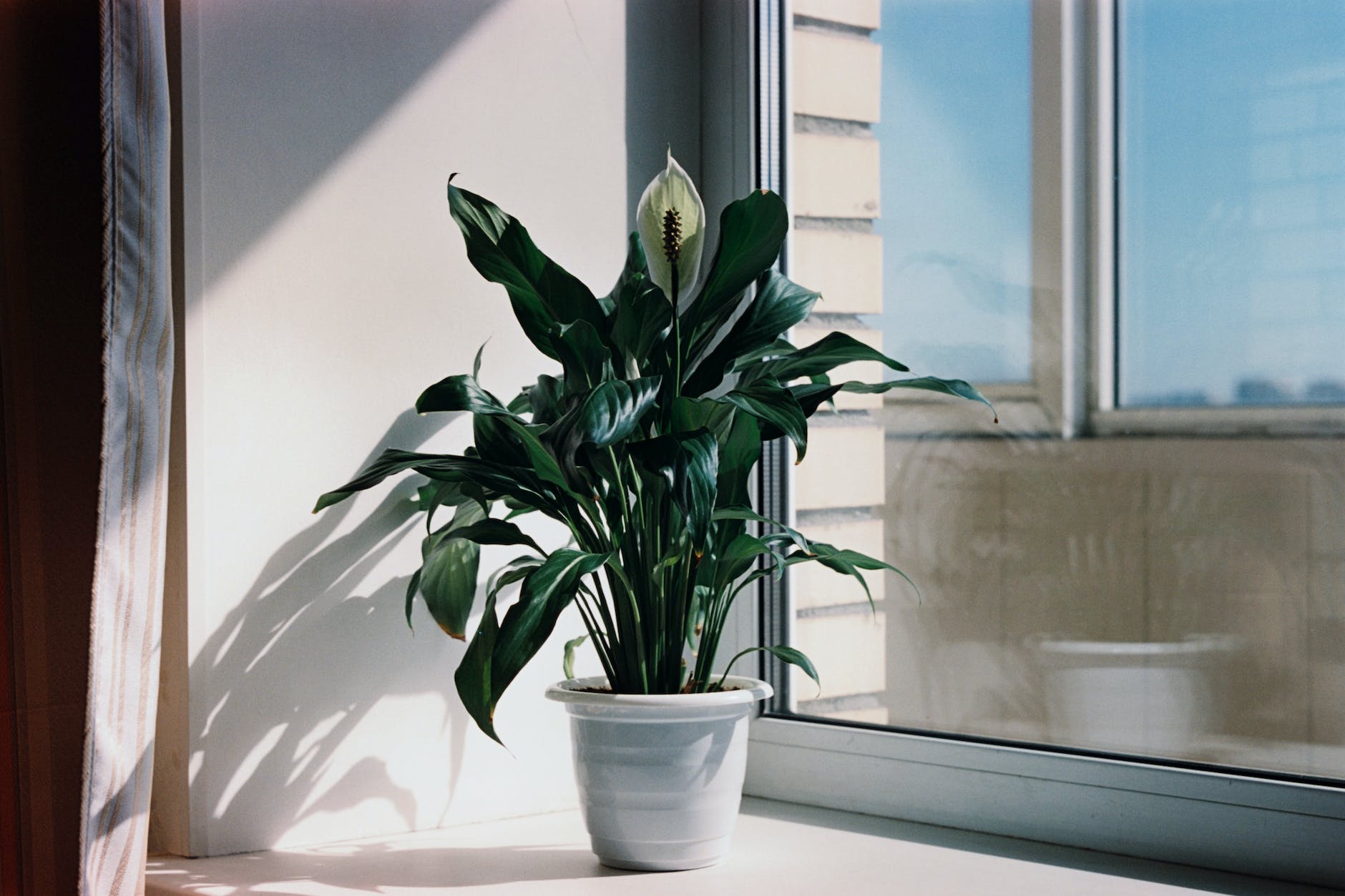
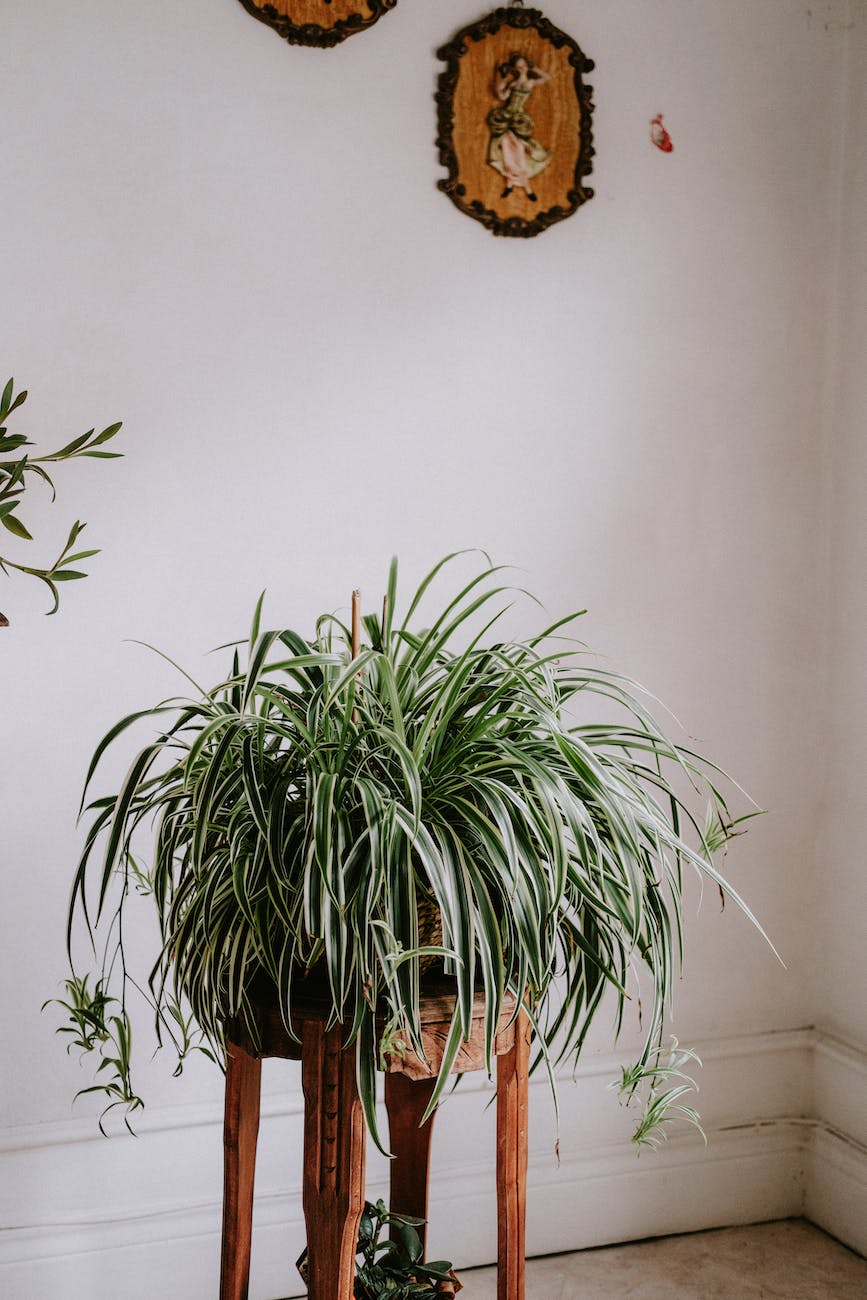
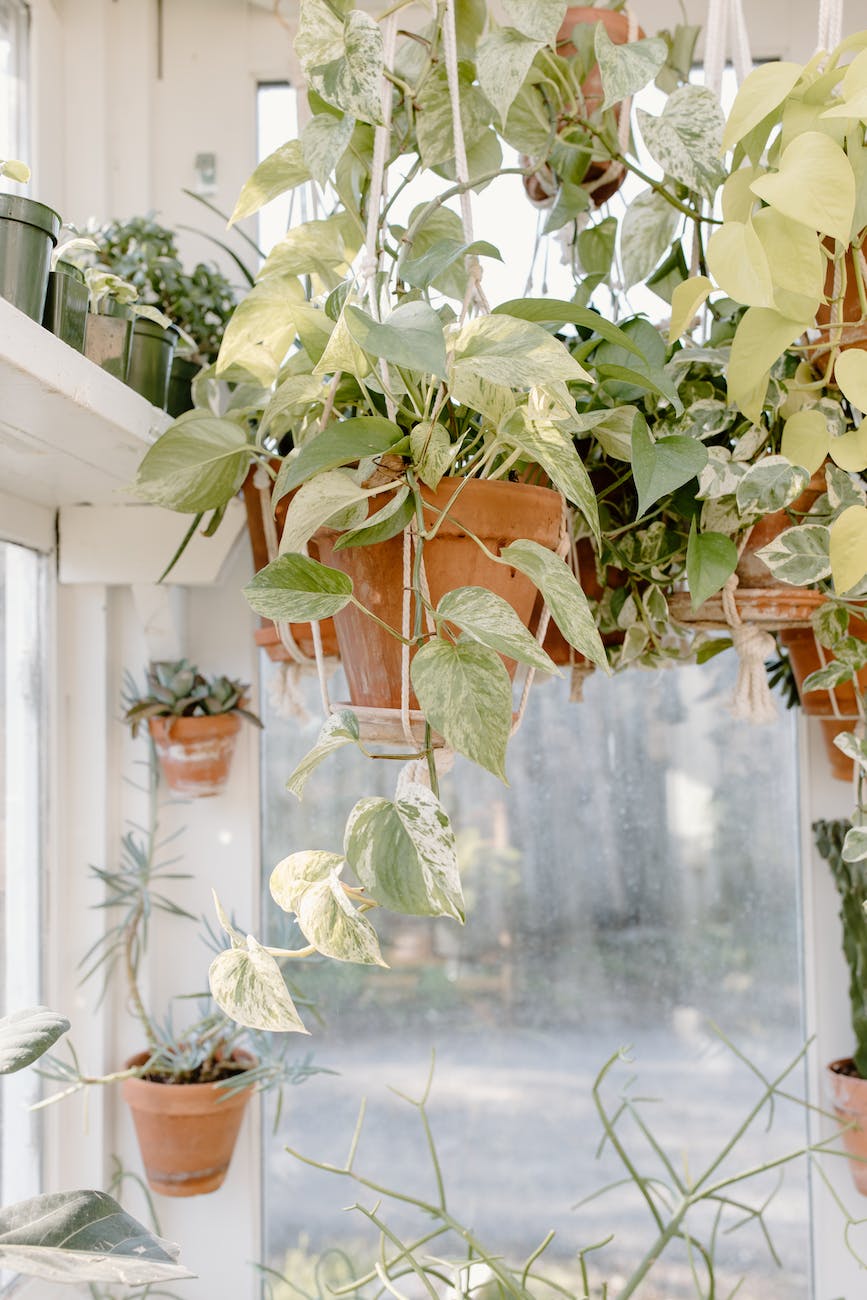
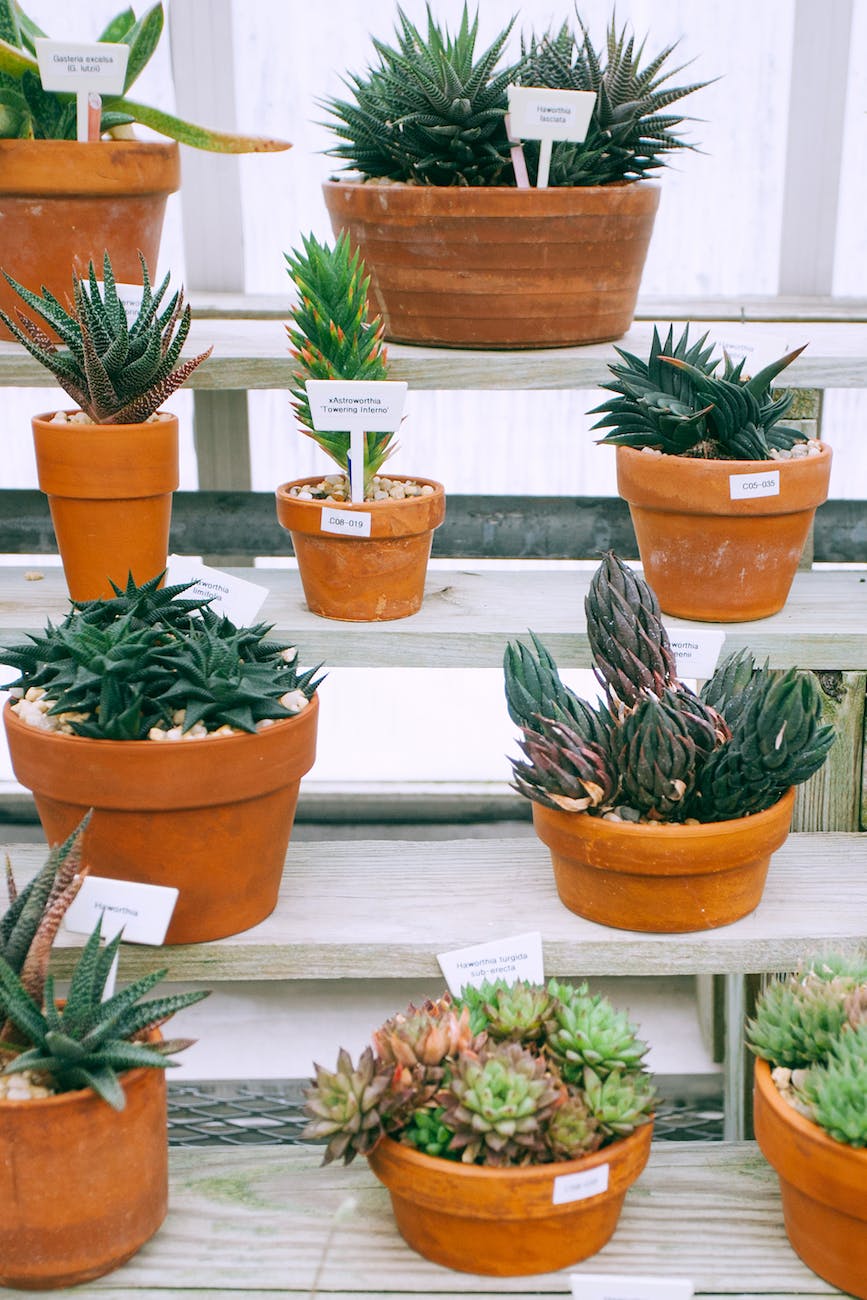
Here are a few options to consider:
Snake Plant (Sansevieria): If you’re a self-proclaimed “plant killer,” the snake plant is your new BFF. It can handle low light and infrequent watering like a champ.
Pothos: Pothos is like the “gateway plant” for newcomers. It thrives in a variety of conditions and is known for its forgiving nature. I personally have a devil’s ivy in my bathroom that I only occasionally water and it is thriving!
Peace Lily: This elegant beauty loves medium to low light and can even let you know when it’s thirsty by drooping its leaves. Talk about communication!
Spider Plant: With its arching green and white striped leaves, the spider plant is perfect for beginners. It’s not too picky about light or water.
Succulents: These quirky little plants come in all shapes and sizes. I started my own journey with cacti and succulents until I got into a routine with proper plant care. They’re drought-tolerant, so they’re great for forgetful waterers and beginners.
The Essentials: Light, Water, and Soil
Now that you’ve got your new leafy friend, let’s dive into the three main components of indoor plant care: light, water, and soil.
Light:
- Different plants have different light preferences. Check the care instructions that come with your plant to see if it prefers bright, indirect light or low-light conditions. Place in an appropriate location in your home. For example, those that prefer bright direct light are perfect for your windowsill.
- Rotate your plant occasionally to ensure even growth and prevent it from leaning toward the light source. You’ll notice this happening fairly quickly as your plant grows.
Water:
- Overwatering is one of the most common mistakes new plant parents make. Always check the moisture level of the soil before watering. Stick your finger about an inch into the soil – if it feels dry, it’s time to water.
- Be sure to use a pot with drainage holes to prevent water from pooling at the bottom, which can lead to root rot.
- When you do water, add enough so that it seeps out of the drainage holes, then discard the excess water that collects in the saucer.
Soil:
- Use a well-draining potting mix designed for the specific type of plant you have. Cactus soil for succulents, for example, or a general indoor plant mix for most houseplants.
- Repot your plant every couple of years to refresh the soil and provide more space for root growth.
- You can usually tell when your plant will need to be re-potted especially if you have pots with drainage holes, as the roots will start to grow out the bottom of the holes!
The Art of Fertilisation
Indoor plants appreciate a little boost of nutrients every now and then. During the growing season (usually spring and summer), feed your plants with a balanced liquid fertiliser diluted to half the recommended strength roughly every two weeks. You can get these wherever you buy your plant from usually. In the UK you’ll most likely see the Baby Bio brand which is the most popular. But remember, less is often more in the world of plant feeding. Over-fertilising can do more harm than good.
Troubleshooting Common Issues
As a newbie plant parent, don’t be discouraged if you encounter some bumps along the way, indoor plant care is a journey. Here are a few common issues and how to tackle them:
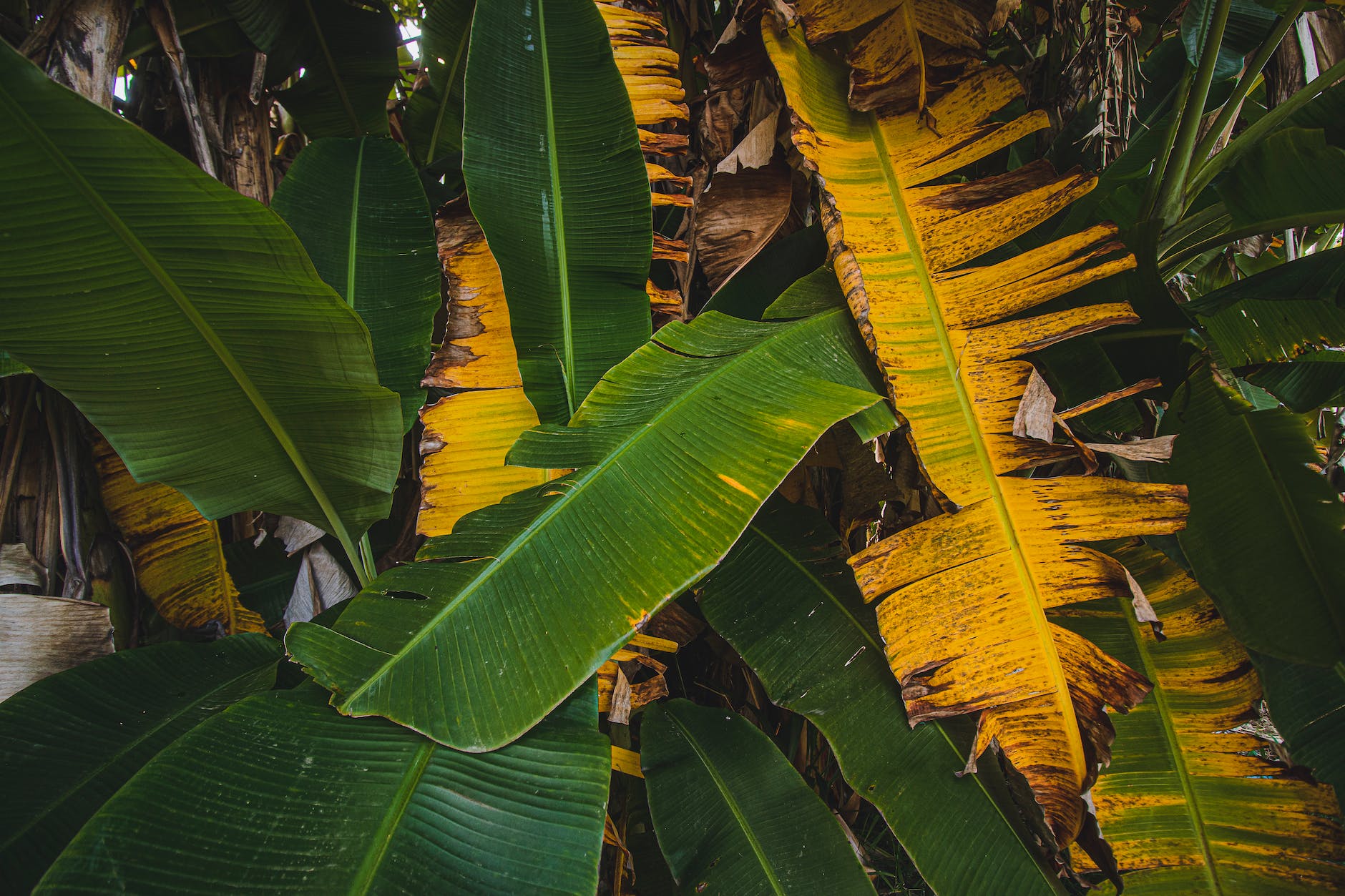
Yellowing Leaves: This is often a sign of overwatering or underwatering. If the soil is dry then give it a quick water. Cut back on watering otherwise and let the soil dry out a bit between waterings. It can also be due to a lack of proper nutrients so fertilising could also be an option here.
Brown Tips: Dry air is usually the culprit here with a plant that prefers humidity. Consider placing a tray of water near your plants or misting them occasionally. Alternatively, placing the plant in a location such as your bathroom that will be a more humid environment can be a good option.
Drooping Leaves: This can be a sign of both over and underwatering. Check the moisture level in the soil to determine the issue. With plants such as the peace lily this issue will usually be due to needing more water.
Pests: If you spot tiny invaders like aphids or spider mites, don’t fret. You can usually wash them off with a gentle stream of water or use neem oil for a more persistent problem. I find fungus gnats to be my most persistent pest for my indoor plants as they thrive in moist soil but then so do most of my plants. I overcome this by placing yellow sticky traps near the plants and that tends to keep the numbers down, as well as making sure that I have not overwatered my plants.
Note: When moving a plant to a new location (for example from the shop to your home, or to a new pot) it can experience a bit of a shock until it gets used to its new environment. A sign of stress will usually be yellowing or wilting leaves. Let it get used to it’s new surroundings before making any other changes if it still does not recover.
Final Comments
Congratulations, you’ve just taken the first step on your journey to creating a green oasis in your home. Remember that indoor plant care is a learning experience, and it’s perfectly okay to make mistakes along the way. Your leafy companions are forgiving and resilient, just like you’ll become as you gain more gardening experience.
So, go ahead and turn your living space into a thriving, green haven, and enjoy the countless benefits of indoor plant parenthood – cleaner air, reduced stress, and the simple joy of nurturing life. Happy gardening!

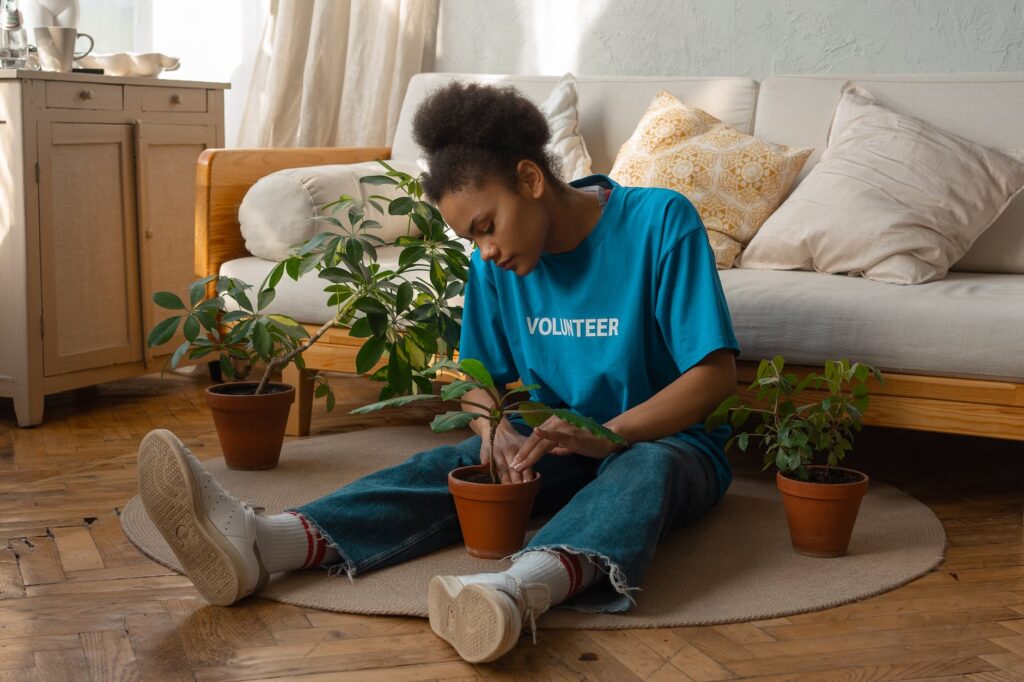

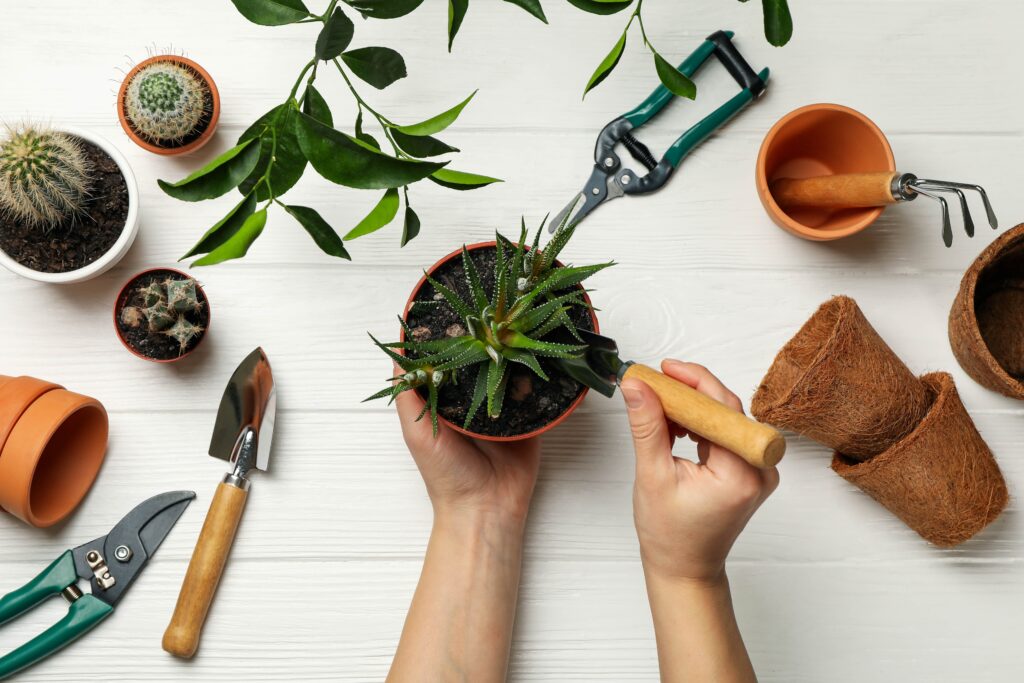
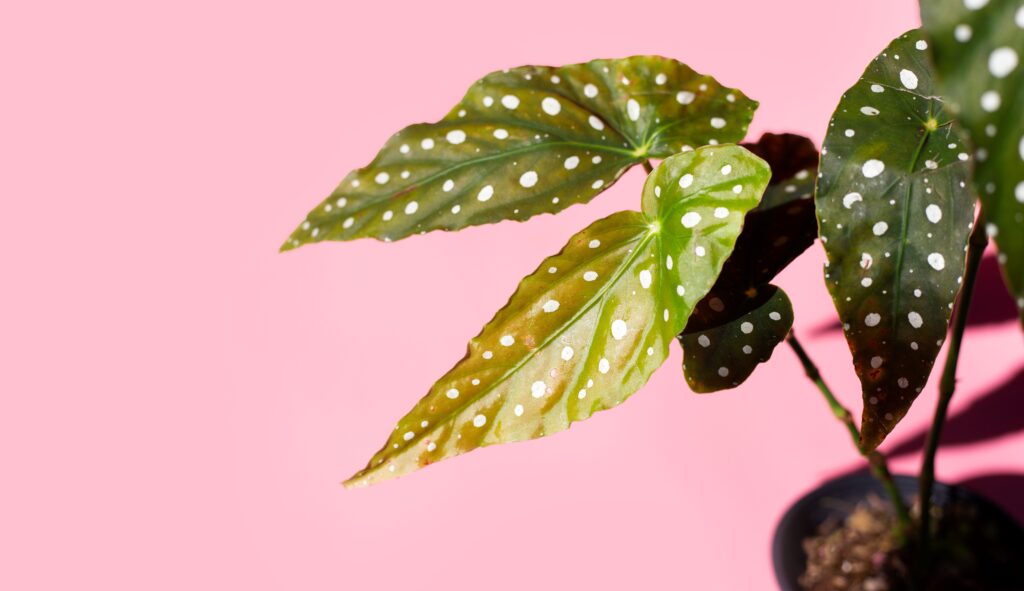
Pingback: A Guide to Plants for Small Living Spaces - Root and Rain